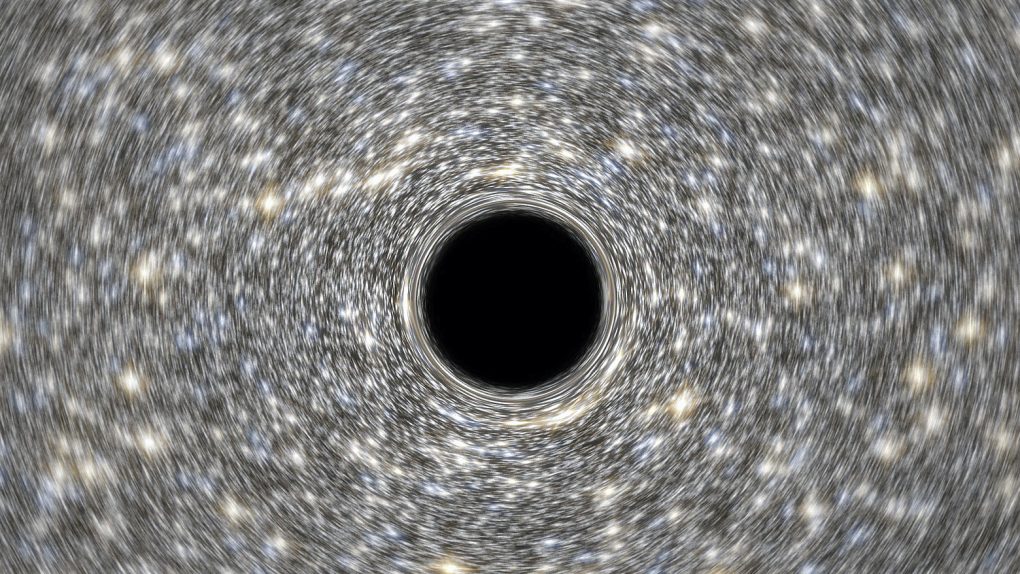- A black hole smacked into something that scientists can’t explain, a new study reveals.
- The object sits between the known mass limits of neutron stars and black holes, so it technically shouldn’t exist.
- Researchers say additional observations will be needed before they can classify this new mass range as either a black hole, neutron star, or something new.
Thanks to ever-advancing observational technology, astronomers have a pretty good idea of what kinds of objects are lurking out there in the cosmos. They know — or at least think they know — the upper and lower limits for the size of specific objects, how much mass it takes for a black hole to form, and what stars do when they die.
Now, a new observation of a black hole colliding with an unidentified object has thrown a few things into question, including the masses of both black holes and neutron stars. Put simply, the object that the black hole ran into shouldn’t exist, at least if scientists have their mass measurements correct.
The larger of the two objects in the crash was very clearly a black hole, according to the researchers. With a mass of around 23 times that of our Sun, it was most certainly a gaping maw of a black hole that ran into the smaller object, which was a mere 2.6 solar masses.
Okay, so what’s the big deal? Well, an object of 2.6 solar masses sits in a sort of no man’s land between the smallest mass of a black hole (roughly five solar masses, as observed), and the upper range of a neutron star —the ultra-dense burned-out husk of a previously massive star — which is just shy of 2.4 solar masses. The observations were made by the National Science Foundation’s Laser Interferometer Gravitational-Wave Observatory (or LIGO for short), and is considered to be quite accurate.
“This is going to change how scientists talk about neutron stars and black holes,” Patrick Brady, co-author of the study, said in a statement. “The mass gap may in fact not exist at all but may have been due to limitations in observational capabilities. Time and more observations will tell.”
So, either the researchers just spotted the smallest black hole (by a long shot) or the heaviest neutron star ever (by a smaller but still significant margin). Or, it could be something entirely new, like a transitional phase between the two that has never been observed directly. Researchers just don’t know.
“This is the first glimpse of what could be a whole new population of compact binary objects,” Charlie Hoy, a LIGO scientist, explains. “What is really exciting is that this is just the start. As the detectors get more and more sensitive, we will observe even more of these signals, and we will be able to pinpoint the populations of neutron stars and black holes in the universe.”








